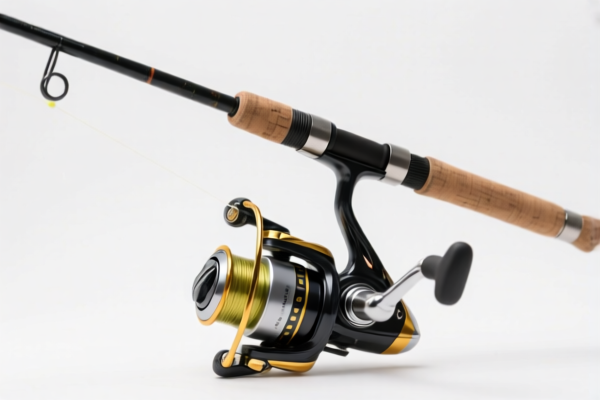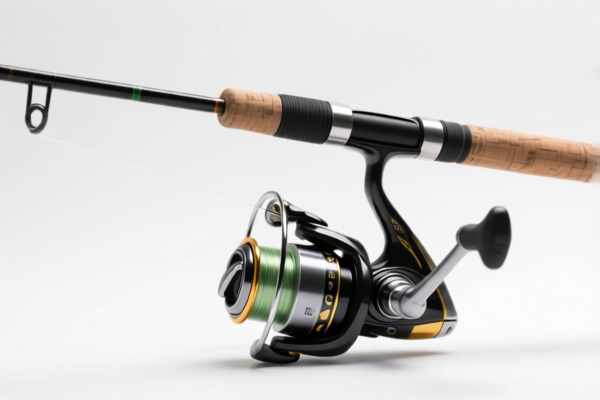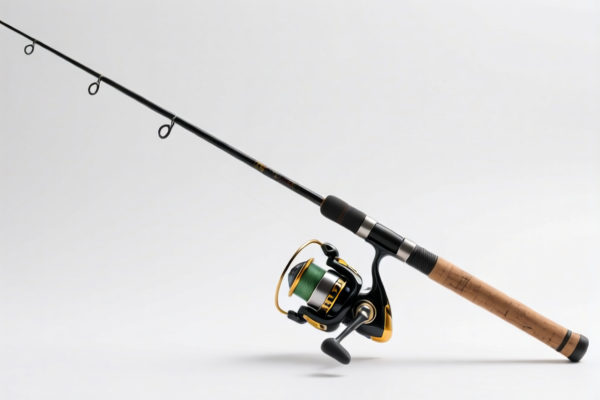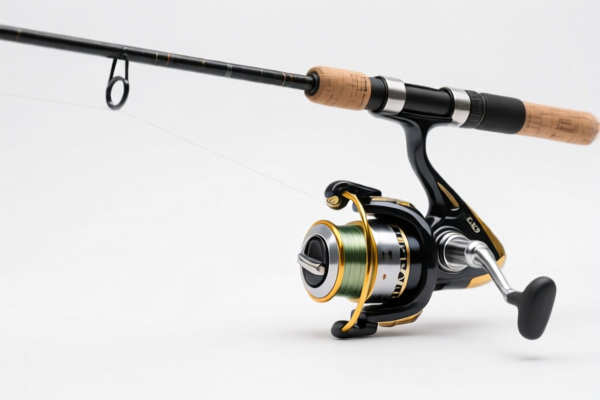| HS Code | Official Doc | Tariff Rate | Origin | Destination | Effective Date |
|---|---|---|---|---|---|
| 9706900060 | Doc | 37.5% | CN | US | 2025-05-12 |
| 9706100060 | Doc | 37.5% | CN | US | 2025-05-12 |
| 6506996000 | Doc | 63.5% | CN | US | 2025-05-12 |
| 6506993000 | Doc | 58.3% | CN | US | 2025-05-12 |
| 6507000000 | Doc | 55.0% | CN | US | 2025-05-12 |




Spinning Rod
A spinning rod is a type of fishing rod designed to be used with a spinning reel. It is characterized by guides positioned on the underside of the rod blank, allowing the line to travel freely from the reel to the line guide and then to the fishing line.
Material
Spinning rods are commonly constructed from the following materials:
- Fiberglass: Traditionally the most common material, fiberglass rods are known for their durability, flexibility, and affordability. They are well-suited for beginners and general-purpose fishing.
- Graphite: Lighter and more sensitive than fiberglass, graphite rods provide enhanced casting distance and better feel for detecting subtle bites. They are often preferred by more experienced anglers. Different grades of graphite exist, affecting sensitivity and price.
- Composite (Graphite/Fiberglass blends): These rods combine the benefits of both materials, offering a balance of sensitivity, strength, and affordability.
- Carbon Fiber: High-modulus carbon fiber rods are extremely lightweight, sensitive, and powerful, but are also more expensive and can be more brittle than other materials.
Purpose
The primary purpose of a spinning rod is to cast and retrieve fishing lures and baits, and to fight and land fish. They are versatile tools suitable for a wide range of fishing applications.
Function
- Casting: The rod's length and action facilitate casting lures and baits over varying distances.
- Lure Presentation: The rod helps to present the lure or bait in a natural and appealing manner to fish.
- Bite Detection: The rod's sensitivity allows anglers to detect subtle strikes from fish.
- Fighting Fish: The rod provides leverage and cushioning to fight and land fish of various sizes.
- Shock Absorption: The rod's flexibility absorbs the shock of a fish's runs and headshakes, preventing line breakage.
Usage Scenarios
Spinning rods are employed in a broad spectrum of fishing environments, including:
- Freshwater Fishing: Targeting species like bass, trout, pike, walleye, and panfish in lakes, rivers, and streams.
- Saltwater Fishing: Used for inshore species like redfish, snook, flounder, and sea trout, as well as light offshore fishing.
- Surf Fishing: Longer spinning rods are used to cast baits and lures from the beach.
- Ice Fishing: Shorter spinning rods are used for fishing through holes in the ice.
- Kayak Fishing: Compact spinning rods are often preferred for fishing from kayaks.
Common Types
Spinning rods are categorized based on several factors:
- Length: Typically ranges from 5 to 15 feet. Shorter rods (5-7 feet) are ideal for close-quarters fishing and accurate casting. Longer rods (7-10 feet) provide greater casting distance and leverage.
- Action: Describes where the rod bends along its length.
- Fast Action: Bends primarily at the tip, offering greater sensitivity and control. Good for precise presentations and setting hooks quickly.
- Moderate Action: Bends in the upper half of the rod, providing a balance of sensitivity and power. Versatile for a variety of techniques.
- Slow Action: Bends along the entire length of the rod, offering greater cushioning and forgiveness. Suitable for fishing with live bait or softer lures.
- Power: Indicates the rod's resistance to bending.
- Ultra-Light: For small fish and light lures.
- Light: For panfish and smaller freshwater species.
- Medium-Light: Versatile for a wide range of freshwater species.
- Medium: Popular choice for bass, walleye, and other common freshwater species.
- Medium-Heavy: For larger fish and heavier lures.
- Heavy: For large fish and demanding fishing conditions.
- Specific Applications: Rods designed for specific techniques like jigging, crankbaiting, or drop-shotting.
The declared goods are spinning rods, which are fishing rods designed for use with a spinning reel. These rods are typically made of fiberglass, graphite, or composite materials and are used to cast lures or bait into the water. They are commonly used in recreational fishing for various species of fish.
Here are the relevant HS codes based on the provided reference material:
- 0306.29 - Other fishing rods, not specified elsewhere. This chapter covers aquatic invertebrates, molluscs, crustaceans and other aquatic animals, not edible. The subheading specifically includes “other fishing rods”.
- 9507.30.00 - Fishing rods and tackle. This chapter covers fishing rods and tackle, including rods made of synthetic materials.
- 3926.90.90 - Other articles of plastics and articles thereof. This chapter covers articles of plastics, including fishing rods made of plastic materials.
Regarding HS code 9507.30.00, please note that this code covers a broad range of fishing equipment. It is important to accurately describe the material composition of the spinning rod to ensure correct classification.
Regarding HS code 3926.90.90, please note that if the spinning rod is made entirely or partially of plastic, this code may be applicable. However, the material composition must be verified to confirm.
Regarding HS code 0306.29, please note that this code covers fishing rods not specified elsewhere. It is important to verify if the spinning rod falls under any other specific classification before using this code.
Customer Reviews
No reviews yet.